Every day, hundreds of visitors pour into the Royal Botanic Garden Edinburgh, many of them through our East Gate. To do this, one must pass through two sets of gates, each festooned with rhododendrons, but when the gates are open, I wonder how many stop to appreciate the work that has gone into them?
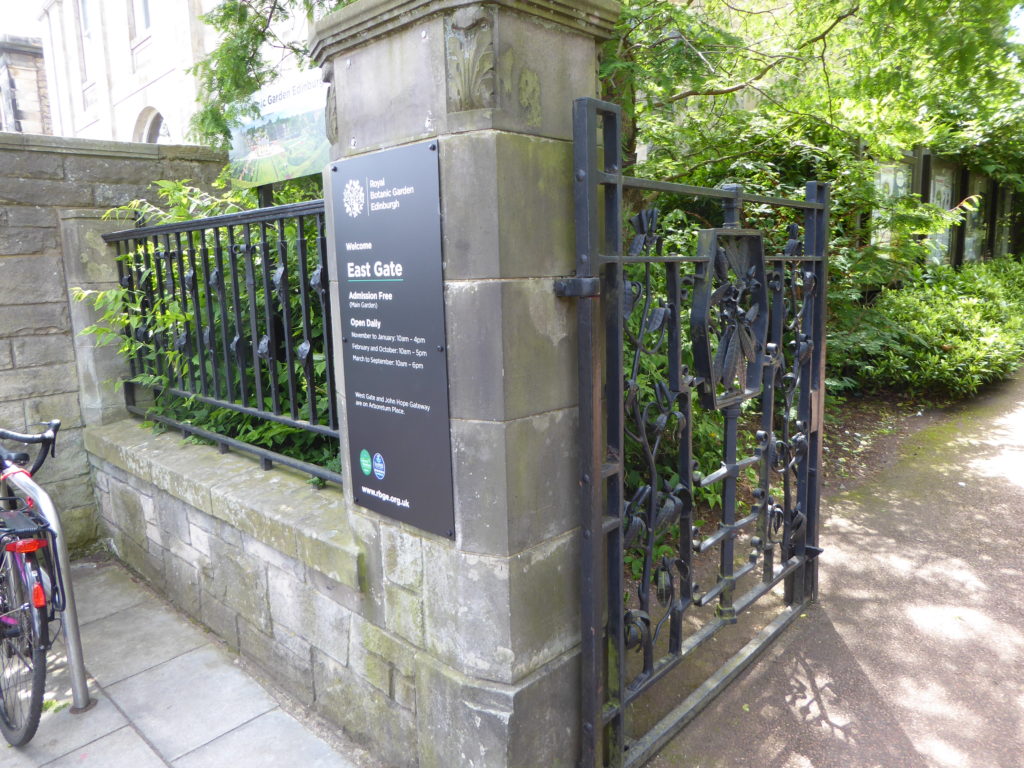
The outer gates were crafted and installed in 1954, and until recently, that was pretty much all we knew about them – the only record we were aware of was a newspaper cutting inserted into a book of photographs taken by Roland Edgar Cooper at the time. He was the Head Gardener in the 1950s and he lived on site in the ‘Experimental Cottage’ situated at the end of the East Gate path – it’s now the Coffee Shop that greets you as you come in.
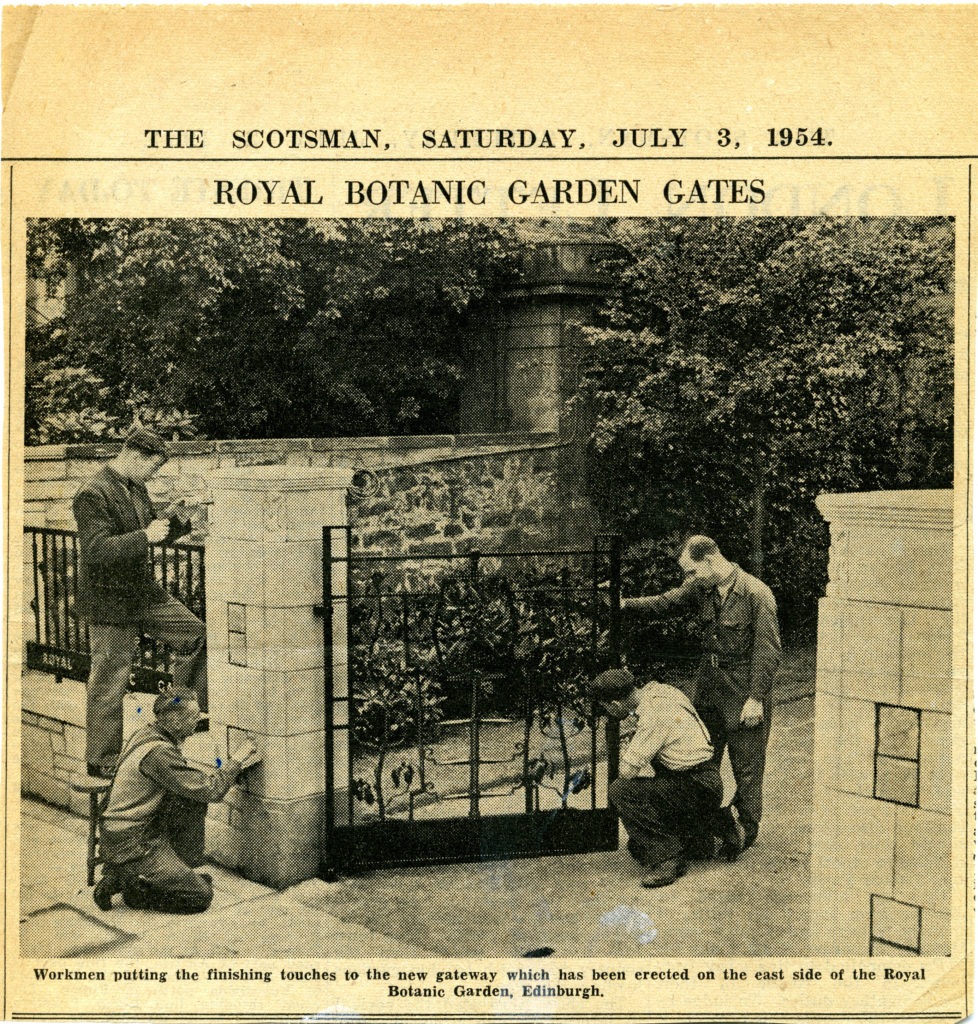
All this changed in 2016 when we were contacted by Stuart Lonie. His father was Henry Lonie, known as Harry, who turned out to be the creator of the rhododendron gates. We were delighted to find this out, and even more delighted when we were offered some artworks that Harry had created out of test pieces produced whilst in the process of getting the rhododendron shapes right. Harry worked with Edinburgh University Botany students to help him make the rhododendron leaves and flowers as accurate as possible.
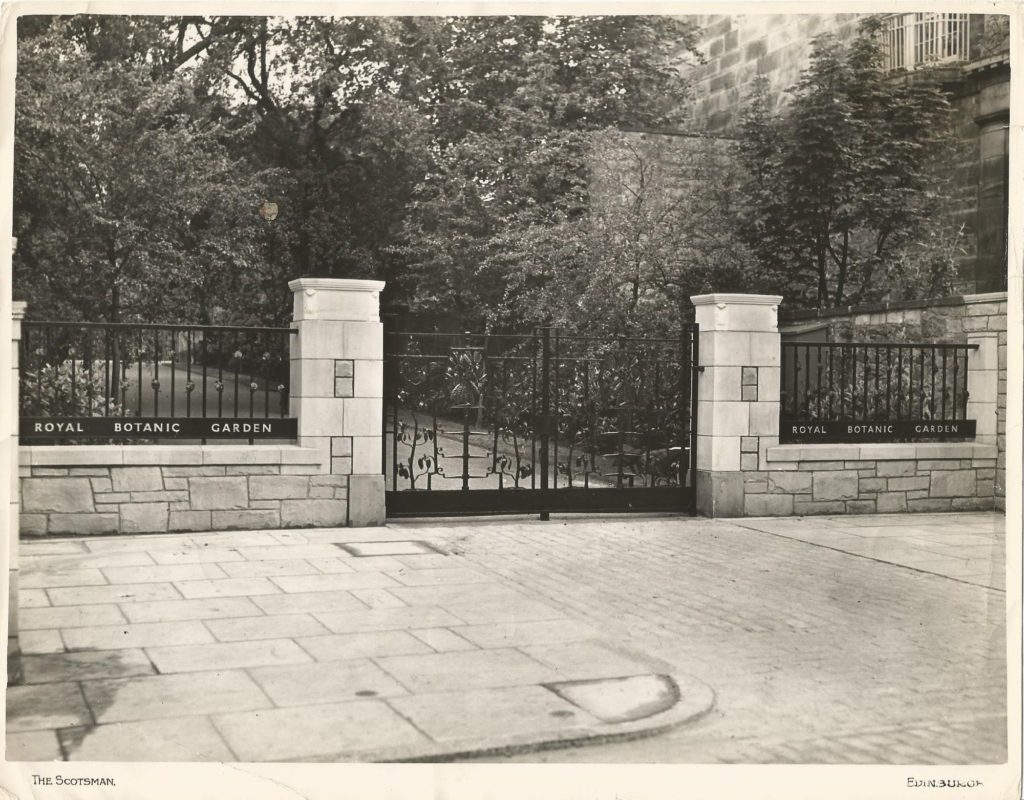
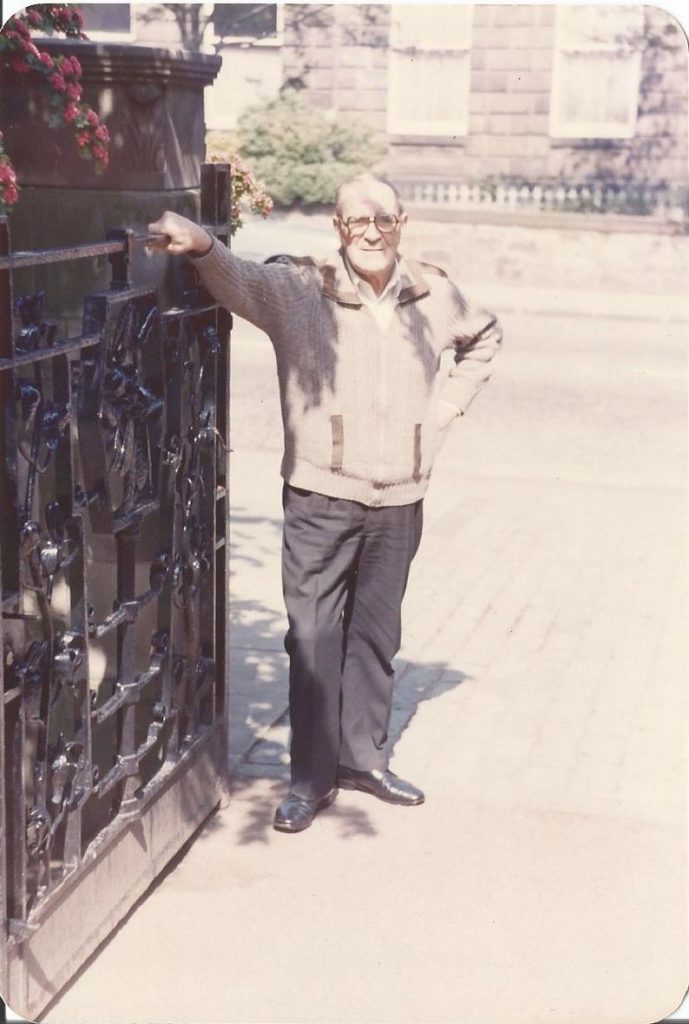
Ben Tindall who designed and created the electroplated stainless steel rhododendron gates at the further end of the East Gate entrance in 1996 apparently wondered at the time if the ironworker’s firm Hadden’s were involved in the production of the earlier gates. He was partly right as Harry Lonie had been an apprentice at Hadden’s at Roseburn, showing he trained under the supervision of master craftsmen. Harry then went on to become Head Smith at Thomas Bogie’s in Circus Place, Edinburgh. During that time he worked on many high profile pieces, including the balcony with the Duke’s Coat of Arms at Drumlanrig Castle; the ‘Lorimer style’ armorials on the stalls of the Thistle Chapel at St. Giles, Edinburgh; the steel strappings on the new undercarriage supporting Mons Meg at Edinburgh Castle (prior to this the cannon’s barrel was free standing on a mound of earth); one of the screens in St. Mary’s Cathedral, Palmerston Place, Edinburgh; and a chandelier incorporating a crown within a crown within a crown to represent the United Kingdom, commissioned by H.M. Queen Elizabeth the Queen Mother to adorn the Main Hall at Castle of Mey, Sutherland.
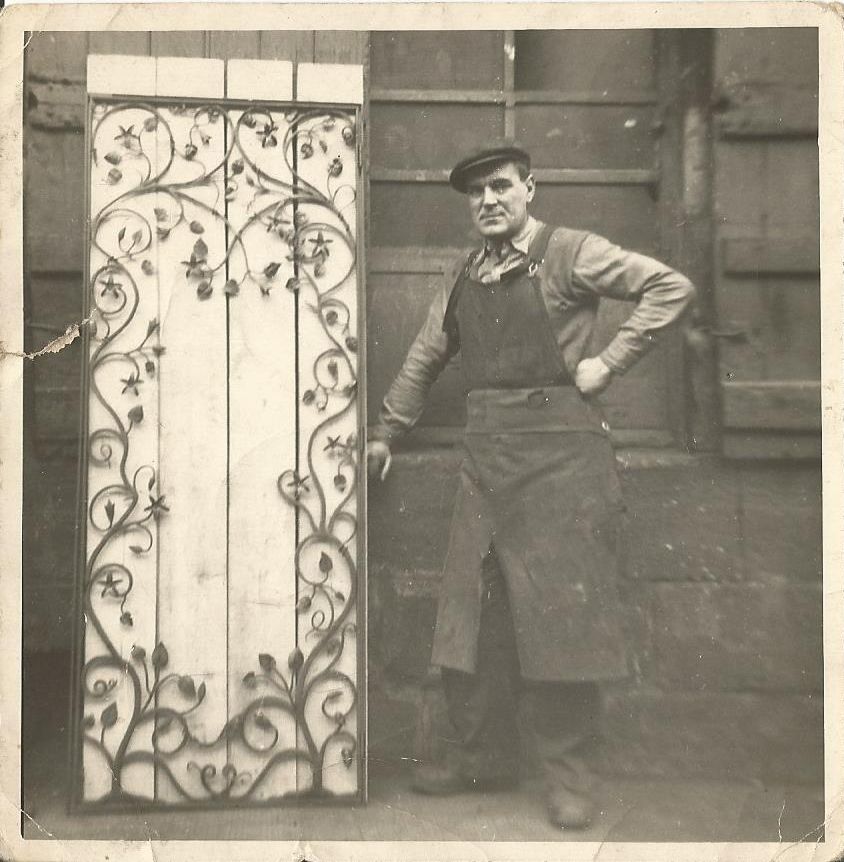
We are concerned today, of course, with the magnificent rhododendron gates on Inverleith Row, and the two pieces created out of Harry’s practice rhododendrons. The first is a candlestick holder, the two ‘cups’ here being the first and second attempts at creating a rhododendron flower bud. The third and final attempt with its stamen was incorporated into the gates. The base of the candlestick holder is a coiled root.
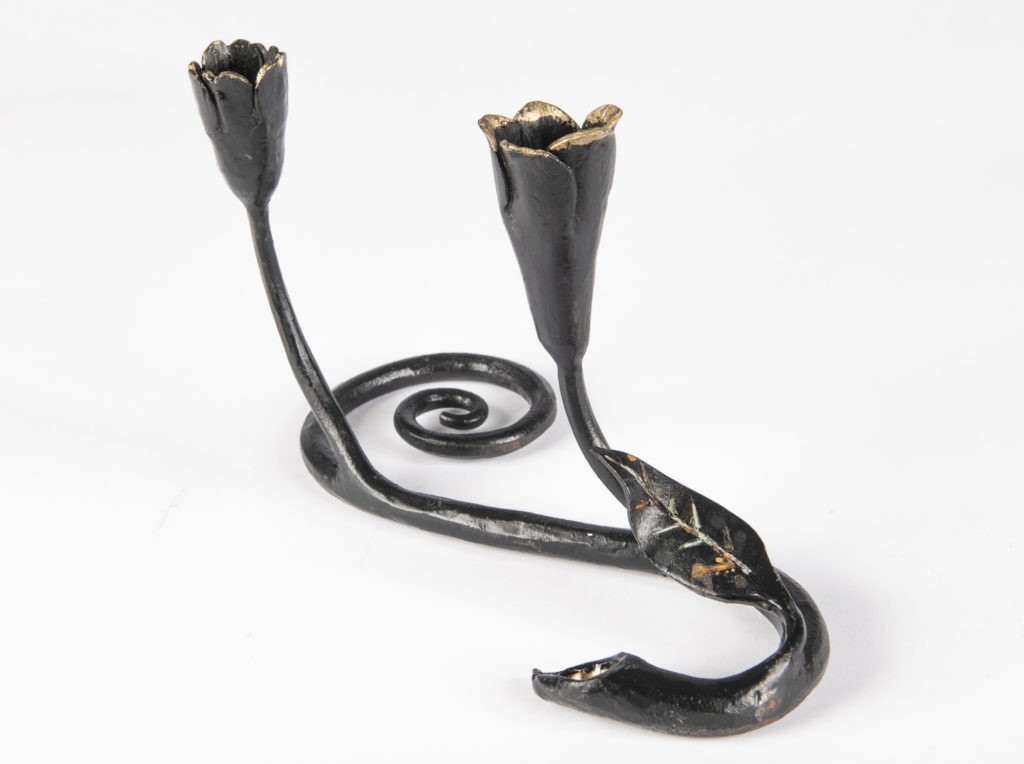
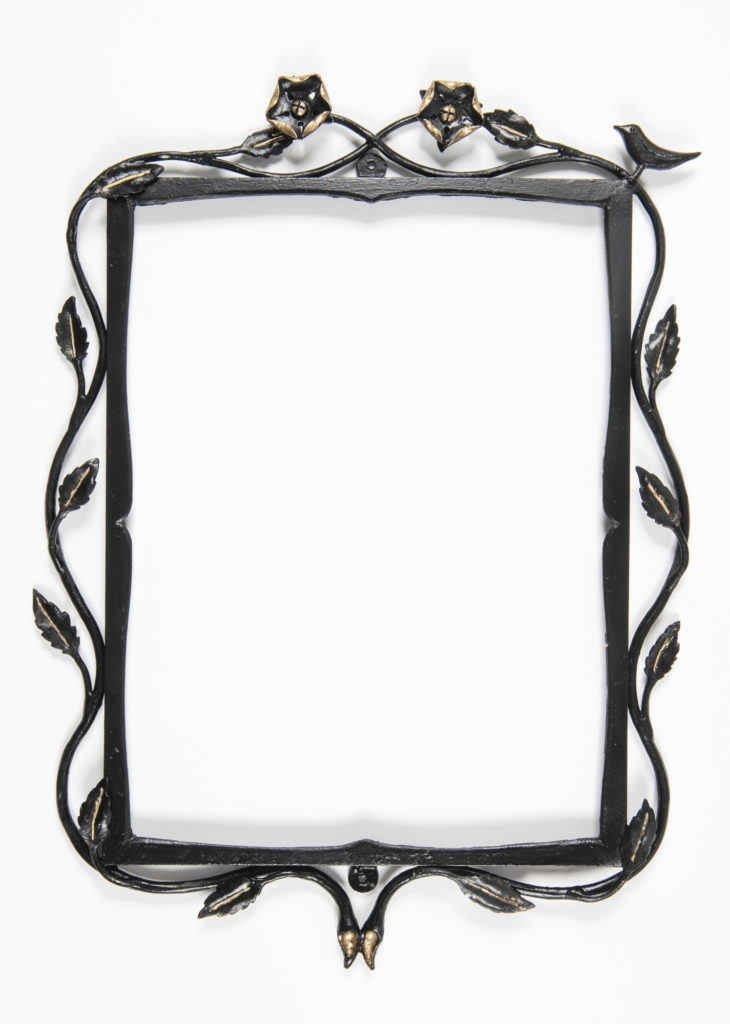
The mirror frame, now without its glass, consists of roots and leaves produced as demonstration pieces to show what could be done and how the gates would look when finished. Harry Lonie fashioned all the practice pieces into objects that adorned his home and will forever be reminders of his son Stuart’s childhood there. We are so grateful that he has made the decision to donate them to the RBGE as part of our history now and it is hoped that they can now be appreciated by a wider audience. The candlestick holder will be on display at Inverleith House as part of the Rhododendron: Riddle, Obsession, Threat exhibition between the 9th April and 5th June 2022.
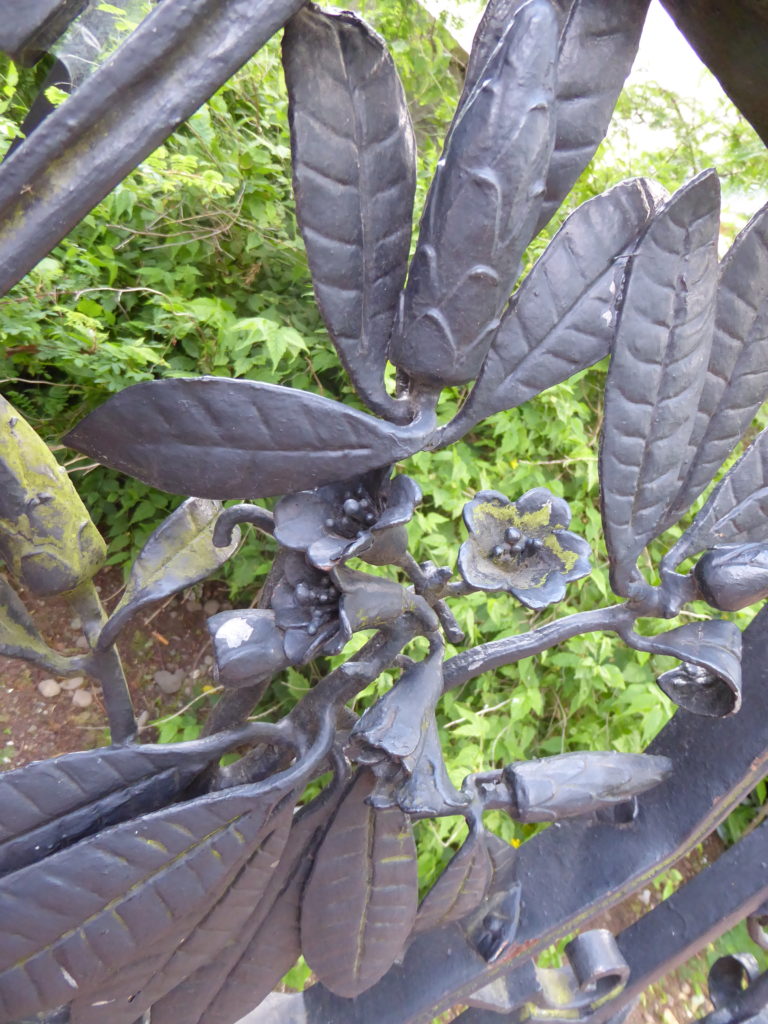

Stuart Lonie
I am deeply honoured that RBGE has recognised my father “Harry” for his work. Thank you Leonie for a lovely article about him. Our family are so proud of him.
Roy Kilpatrick
Lovely article and great that the story emerged to solve a long standing mystery. I remember a family of Lonies at Dean Park Street, but not the first names. I’m sure beautifully crafted cast iron work was lost when people considered it out of fashion. One example were the railing he and gates to the Covenanter Martyrs memorial in the Grassmarket, removed along with the well built stone walls which protected it.